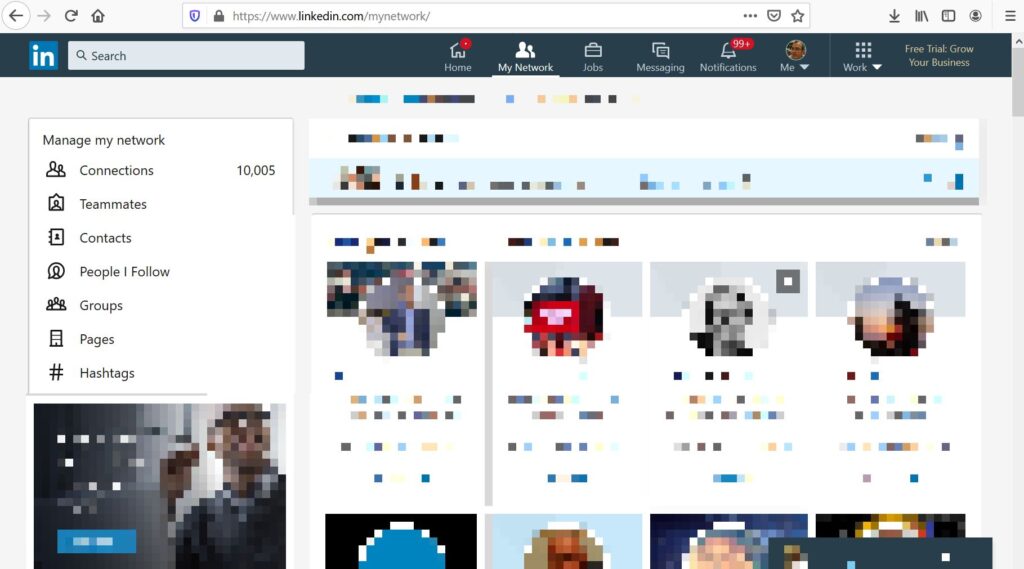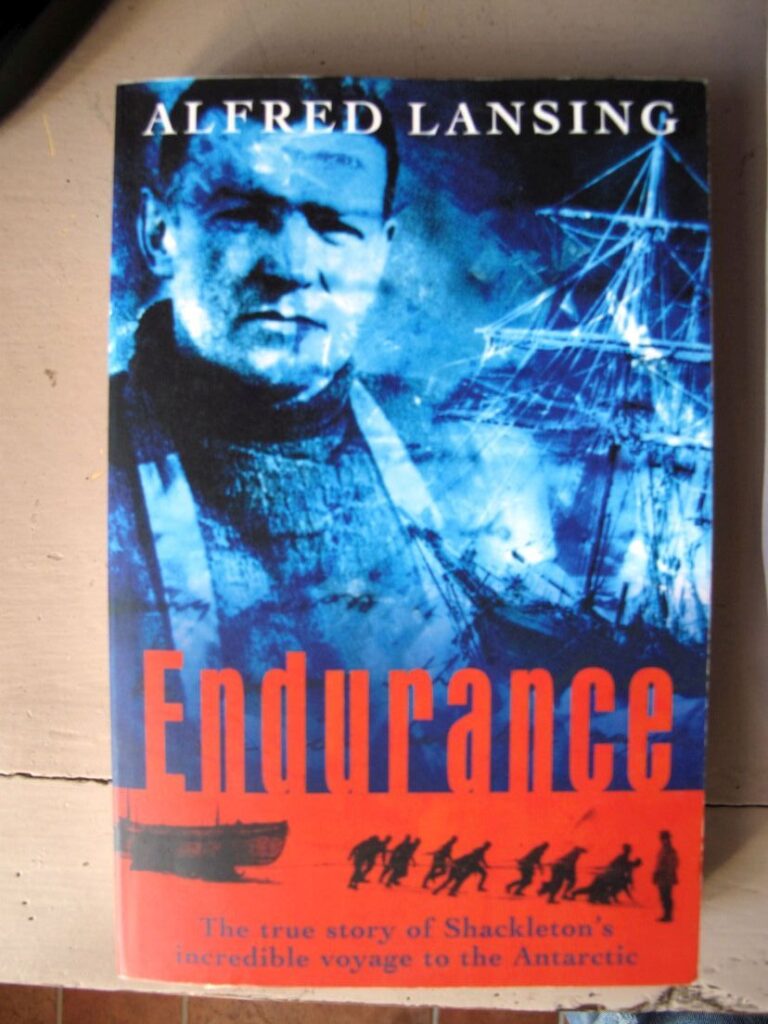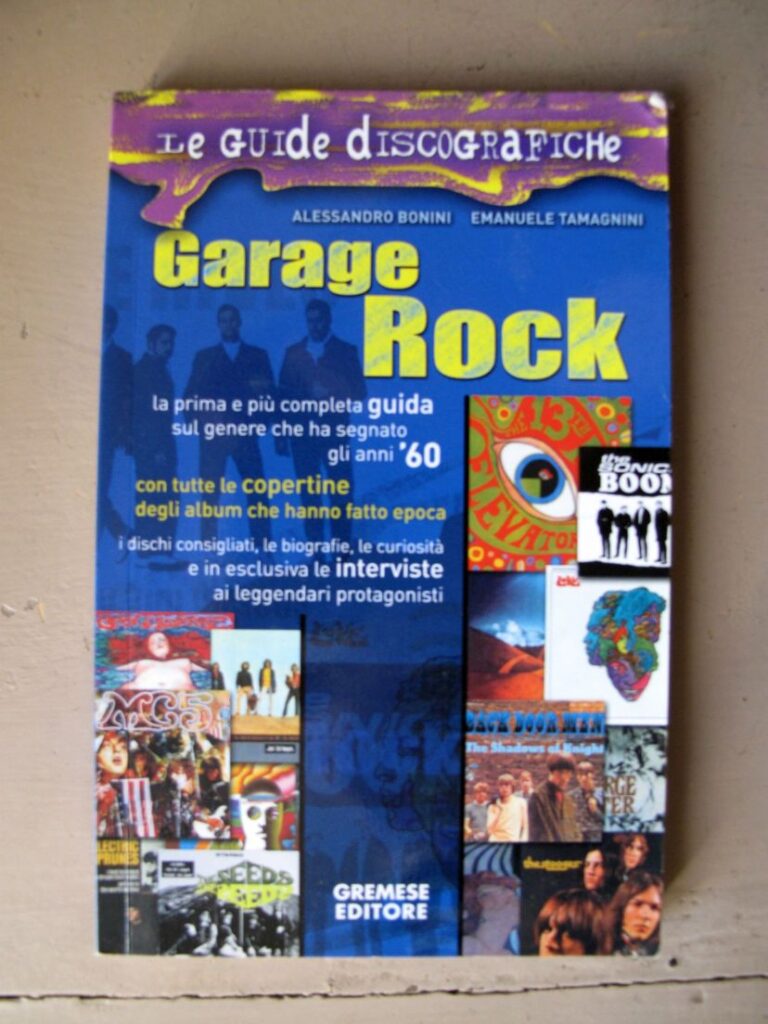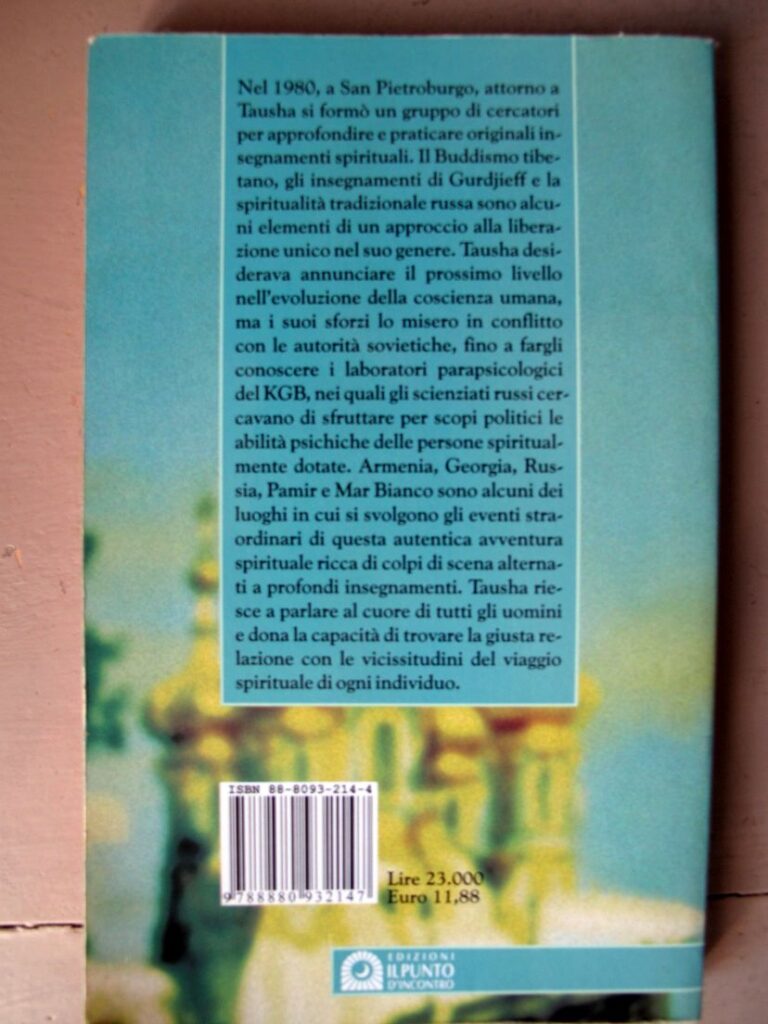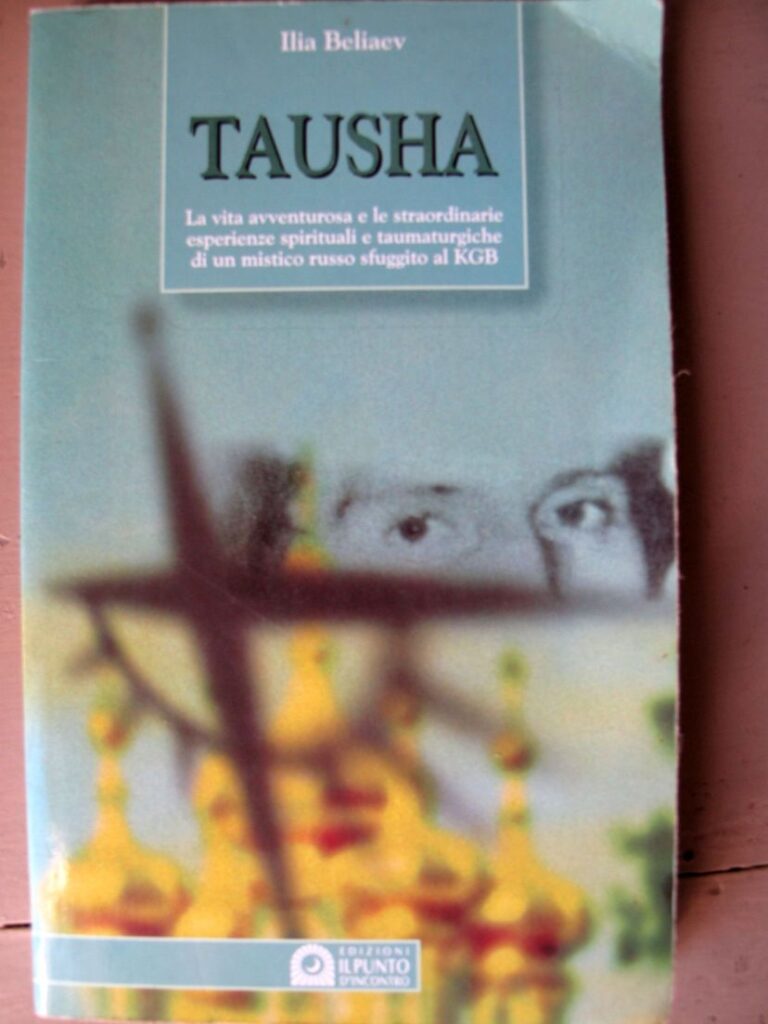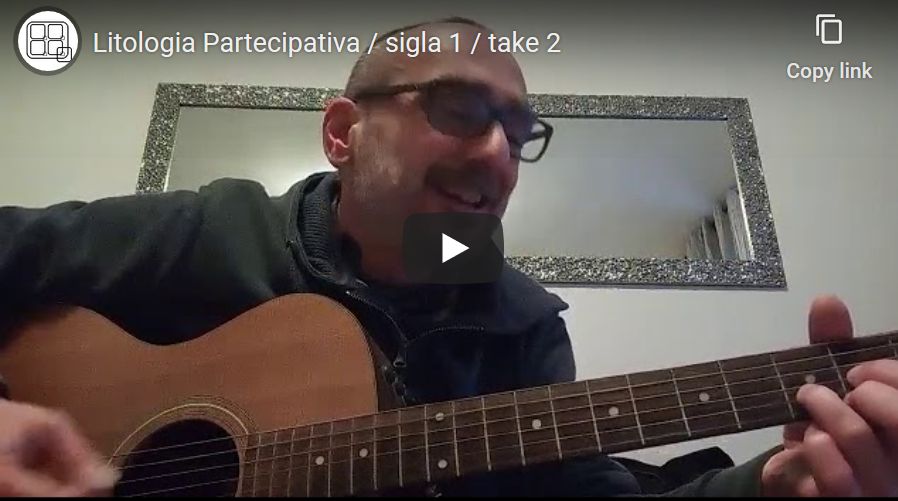June 19 update: please note the Google Meet link to join the event https://meet.google.com/raf-mung-prq, and please pre-register by writing to micalosapevo@pibinko.org
[reccomended soundtrack: Keine Macht für Niemand by Ton Steine Scherben, recently proposed by Jug Band Colline Metallifere in the Lithobag series]
The London Festival of Architecture (LFA) is the world’s largest annual architecture festival. It normally takes place in June. Given the COVID-19 contingency, this year’s edition will be organised with a digital format, to be followed by a public event later in the year. Like many festival, each year has a theme, which for 2020 is Power.
The pibinko.org network was invited to collaborate in the submission of an event for LFA2020. This happened in the context of a collaboration with the Department of Civil Engineering, Architecture, Territory, and Environment at the University of Brescia, Italy (DICATAM). Before this experience, for DICATAM we organised a one-day conference in 2019, and in March and April 2020 Andrea Giacomelli gave lectures on the application of participatory methods for the design of interdisciplinary activities for the protection and promotion of the night sky.
Pleae save the date for June 26, 2020, from 5 to 8PM (Rome Time, UTC+2). The topic we will discuss is the cultural power of the Cold War.
Participation to this event is free, but you need to register by sending an email to micalosapevo@pibinko.org. We will write you back for confirmation and, once you are registered, you will receive with due advance notice the necessary indications to connect on June 26. Your email will be used by pibinko.org only, and only to inform you about the conference connection.
Below is a brief introduction:
The Cold War was the highest expression of the attempt by the USSR and the USA to impose their power on the whole world during the second half of the 20th century.
This clash expressed itself, among other things, in the building a reciprocal fortified line between West and East Europe. In this context, NATO built in Italy numerous architectures and installations to monitor the activity of the Warsaw Pact.
In the first part of the conference, Olivia Longo will present her studies analysing the relationships between the architecture of the Cold War with the Italian architectural theories of the second half of the 1900s. In the second part Davide Sigurtà will describe the Italian North-Eastern military architectures.
In the third part, Andrea Giacomelli will present a participatory mapping exercise will be presented. This will consider test installations and architectures on which citizens worldwide will be invited to provide feedback and impressions. Through various facilitation techniques by the pibinko.org network (including music), the inputs collected from the community in relation to historical aspects, or to the future, of these architectures and installations will be connected to the architects’ view, thus suggesting an avenue to new forms of collaboration between the power of experts and of citizens in this field.
For more information: micalosapevo@pibinko.org



